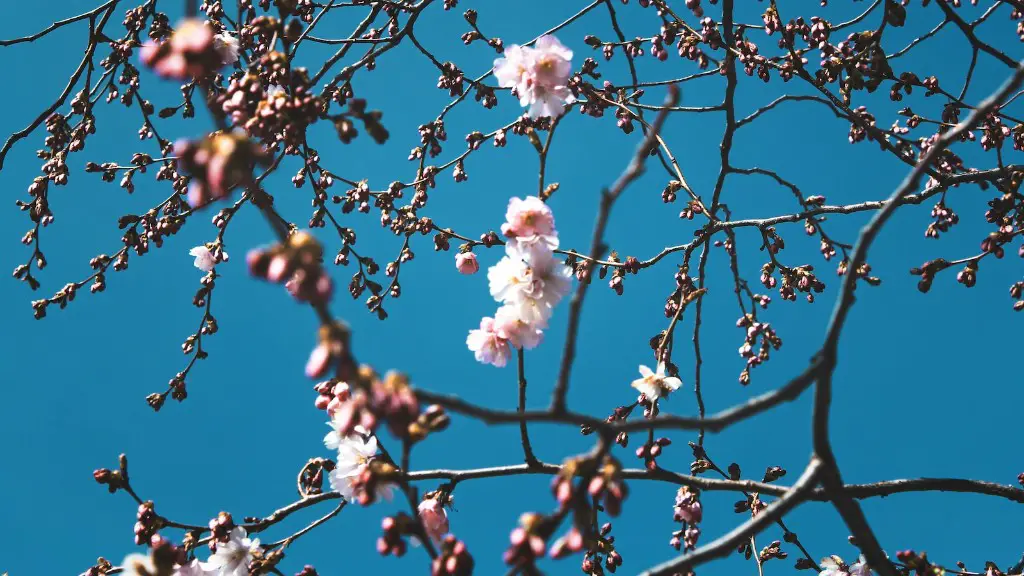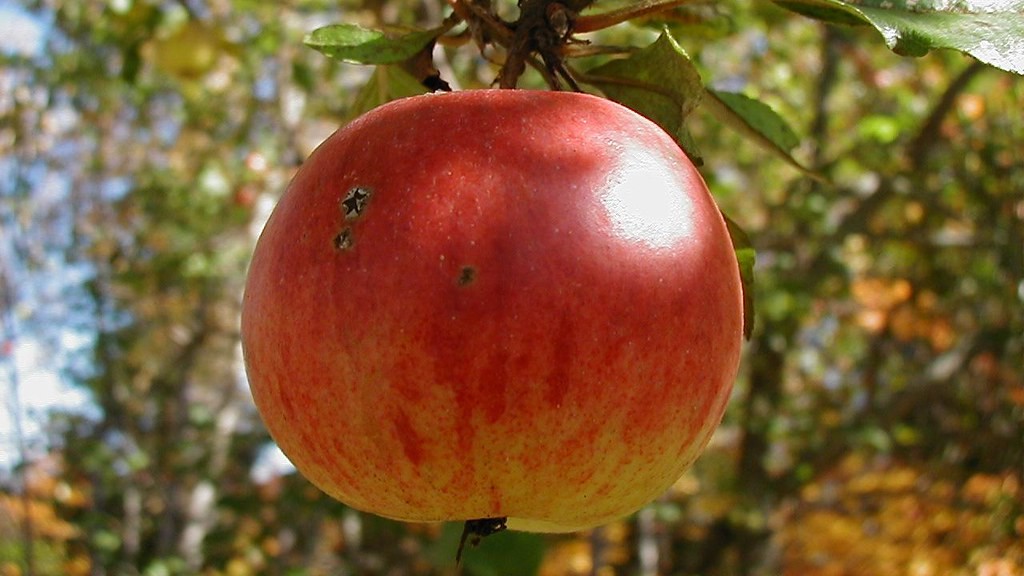Palm trees have been a popular choice for landscaping and décor for centuries. They offer a lot of curb appeal and can create a unique atmosphere of tranquility in any home. While they’re typically seen as hardy plants, palm tree leaves can still turn brown in certain situations. If this has happened to your palm tree, there are some steps you can take to ensure that the leaves are healthy and return to their original state.
The first step is to inspect the tree and determine the underlying cause of the problem. Browning could be caused by several factors, including disease or pest infestation, poor watering habits, and even inadequate sunlight. Once you’ve established the root of the problem, you can take the necessary steps to address it.
If your palm tree has brown leaves due to disease or pest infestation, it’s important to take swift action. Consult with a professional landscaping technician to determine the best form of treatment. They may recommend a chemical or insecticide that can be safely applied to the tree, or they may have other methods of treatment available. In some cases, the best option may be to remove the unhealthy leaves or branches altogether.
If your palm tree leaves are brown due to a watering problem, you should examine the soil. Most palm trees need soil that is slightly acidic and moist throughout the year. If the soil is too dry or too wet, the leaves can become discolored and brittle. If this is the case, you’ll want to adjust your watering schedule accordingly so the soil remains consistently damp.
Finally, if you suspect that your palms need more sunlight, trim back any neighboring plants, trees, or shrubs that are blocking direct sun exposure. This will allow more light to reach the leaves and, with consistent sunlight, they should begin to turn green again over time.
Monitor Changes Over Time
It is important to regularly inspect your palm tree leaves, as any changes may be indicative of a larger problem. If you notice any new discoloration or any signs of disease or pest infestation, be sure to contact a professional landscaping technician right away.
Fertilizing Your Palm Tree
Palm trees need regular fertilization to remain healthy and vibrant. Applying a balanced fertilizer every month or two throughout the year can keep your palm looking its best. Be sure to apply according to the manufacturer’s instructions, as over- or under-fertilizing can damage the tree. During the fertilization process, be sure to check for any signs of disease or pest infestation as well.
Protect From Intense Sunlight
It is important to remember that too much sun can be as damaging for palm tree leaves as too little. During hot summer months, be sure to provide your palm tree with plenty of shade to prevent intense sunburn. Additionally, using a watering can to mist the leaves a few times a week can also help protect against sunburn.
Inspect Soil Quality Regularly
Palm tree leaves should also be inspected for soil quality. If the soil is too dry or not rich enough in nutrients, it may not be able to support your palm tree. Inspect the roots of the tree and surrounding soil. If the soil is dry or appears nutrient-poor, be sure to add fertilizer or compost to increase the nutrient content.


